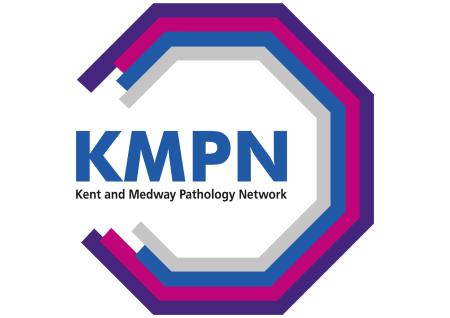
Objectives and Background
The implementation was being run as a major initiative, with input from each of the clinical disciplines across the Trusts, with the main focus of testing work being focused on the largest and most complex; Microbiology, Biochemistry and Immunology. Due to the nature of the programme, input from clinical specialists was a vital part of validation, acting as SME’s to gain confidence in the new software. KMPN had identified the need for centralised and rigorous testing to ensure system reliability and consistency.
Prolifics was selected to perform a testing health check to assess current testing processes, progress, tools, and team structure. The health check aimed to pinpoint gaps, recommend enhancements, and evaluate the feasibility of test automation. This assessment included stakeholder interviews from various areas within the Trusts, thorough documentation analysis, and resulted in a prioritised set of recommendations for optimising testing and increasing efficiency.
Key Findings
Our investigation revealed fragmented testing practices across the Trusts, with a lack of central governance resulting in inefficiencies and isolated approaches. Although a Test Strategy document existed, it was outdated and lacked sufficient detail to guide consistent testing. Introducing a formal dedicated Test Manager role emerged as essential for establishing central oversight, standardising testing practices, and enhancing communication between clinical and testing teams.
The review of test planning efforts revealed a considerable volume of test scenarios—particularly within Biochemistry, where around 17,000 scenarios were identified. This extensive effort, while well-intentioned, yielded a low defect rate of approximately 2.5%, with minimal severity, across the tests executed. Tests were also multiplied across different trusts and sites where pathology checks are run in different ways, also taking into account the different analysers in use across the network. Reducing the volume of scenarios to focus on high-priority, critical tests using a risk-based approach was seen as key in relieving the testing burden without sacrificing quality.
Considering the complexity of the LIMS and the sheer volume of different combinations of input data to be checked, test automation is usually ideal for a deployment of this nature. However, in order to implement test automation successfully and achieve a good return on investment, there needs to be a solid, optimised base of test cases. There are specialist tools available that are able to drive the necessary combinations of data through a LIMS, as well as UI focused general test automation tools, which can use a data driven approach to testing to achieve the same aims. As the KMPN project was deep into the test execution phase, a recommendation was made to focus on revisiting the test design approach, to optimise and rationalise the test cases for each of the 400+ pathology tests in scope, with a structured test case design technique recommended – Decision Tables, to focus efforts on high-impact areas, ensuring efficient and effective manual testing.
A major issue was that it was difficult to easily assess the project status across teams, clinical areas and overall. This was a major problem that KMPN management found difficult to resolve, due to the number of stakeholders and inconsistencies in the way the Test Management tool (PractiTest) was being used. We recommended re-organising the way tests were recorded, to align all tests in a hierarchy against library codes and adopting a standardised test design across disciplines. This would enhance reporting, progress tracking, and provide instant dashboard visibility of overall programme status.
Priority Recommendations
As a summary, to address the network’s highest-priority needs, we proposed the following recommendations:
- Appointment of a Central Test Manager: A central Test Manager role would bring needed consistency, leverage specialist clinical knowledge, and enhance testing oversight.
- Align PractiTest Hierarchy: Ensuring all tests are tied to library codes would improve consistency and enable programme-wide status visibility through dashboards.
- Structured Test Design and Prioritisation: Adopting a standardised approach to test design, with scenarios prioritised using Test Techniques before entry into PractiTest, would streamline test case management and consistency.
- Comprehensive Test Analysis for Catalogue Items: Coordinated planning with discipline leads would reduce involvement time, producing prioritised test plans based on frequency and importance.
- Enhanced Test Preparation Using Excel and GenAI: Designing test cases in bulk within Excel and importing to PractiTest, with GenAI support, would expedite test preparation.
- Thorough Technical Integration Testing: Detailed interface testing with analysers, ensuring compatible data fields and formats, would support seamless system integration.
Outcome
This health check provided NHS Kent and Medway Pathology Trust with actionable, structured insights and prioritised recommendations. These actions supported a cohesive testing strategy, improved efficiency, and streamlined efforts, contributing to the successful deployment of their new LIMS.










